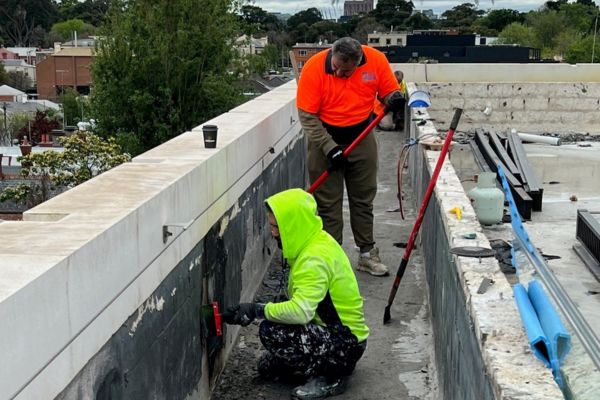When renovating or upgrading your space, the excitement often revolves around choosing new tiles and envisioning a fresh look. However, a crucial step often goes unnoticed but plays a significant role in achieving that flawless finish – tile glue removal.
The following article will discuss the significance of this little task and why it should be taken seriously.
Understanding the Significance
1. Surface Preparation
Tile glue, the core of your old flooring, can pose a difficult challenge when overlooked during renovations. Its removal is essential for achieving a smooth and even surface for your new tiles. Skipping this step may result in uneven tiles, compromising the aesthetics and longevity of your revamped space.
2. Enhancing Adhesion
If a home were built without a strong foundation, it would undoubtedly collapse. Similarly, applying new tiles over existing glue residue jeopardizes the adhesion of the new tiles. You provide a clean canvas for the adhesive to bond securely by removing the old glue. This ensures your tiles stay firmly in place for years to come.
The Risks of Neglecting Tile Glue Removal
1. Uneven Surface
Neglecting the removal of tile glue can lead to an uneven surface, creating an eyesore and posing a tripping hazard. A level and smooth base are crucial for aesthetics, practicality, and safety.
2. Reduced Lifespan
Tiles adhered to old glue may not stand the test of time. The residual glue can weaken the bond between the tiles and the floor, resulting in premature wear and tear. Proper removal ensures your new tiles enjoy a strong and enduring connection with the surface beneath.
Efficient Tile Glue Removal Techniques
1. Heat Gun Method
One effective technique for tile glue removal involves using a heat gun. Apply heat to the glue until it softens, making it easier to scrape away. Exercise caution and wear protective gear, as excessive heat can release fumes.
2. Chemical Solvents
Chemical solvents designed for adhesive removal offer a powerful solution. Apply the solvent as directed, allowing it to penetrate the glue and facilitate easy removal. Adequate ventilation and protective gear are crucial when using chemical solvents.
3. Mechanical Methods
Mechanical methods such as sanding or grinding may be necessary for larger areas or stubborn glue. These methods require precision and care to avoid damaging the underlying surface.
The Importance of Professional Assistance
1. Precision Matters
While DIY methods are popular, professional assistance ensures precision and expertise. Professionals have the tools and experience to navigate various surfaces and types of glue. It ensures a flawless result without causing damage.
2. Time and Effort Saving
Tile glue removal can be time-consuming, especially for larger spaces. Professionals streamline the process, saving you time and effort. This is particularly crucial if you have a tight schedule or need more expertise for efficient removal.
3. Damage Prevention
Professionals possess the knowledge to assess the type of glue used and the underlying surface. This prevents accidental damage during the removal process. This expertise minimizes the risk of structural harm, ensuring your renovation journey remains smooth and stress-free.
Over to you
It may not be the most glamorous step in the process, but spending time and energy to remove tile adhesive thoroughly is similar to building a strong foundation. The results will be beautiful and long-lasting.
The next time you do a restoration project, keep in mind to pay equal attention to the adhesive you’re removing to get a very polished finish rather than just focusing on the tiles you’re putting in.



